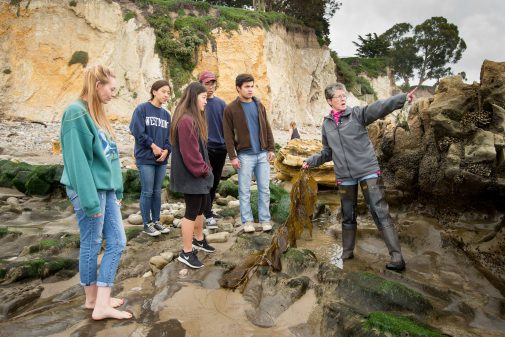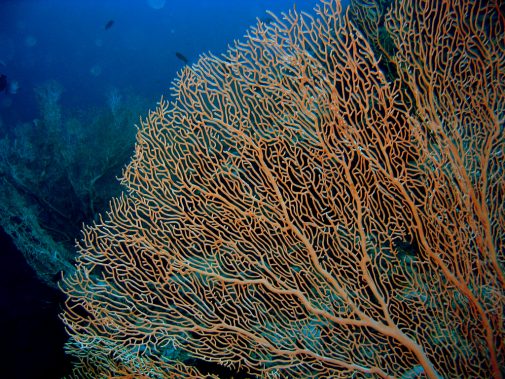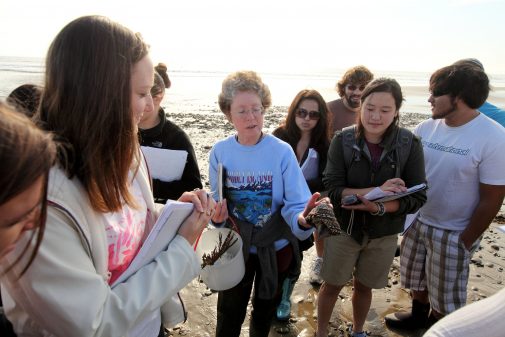Talk Covers Deep-Sea Explorations: Sea Fans
By
Westmont

Beth Horvath, Westmont associate professor of biology, examines the significant roles gorgonian corals (sea fans) play in the healthy biodiversity of deep-water habitats, such as the Santa Barbara Channel, in a lecture Thursday, Nov. 8, at 5:30 p.m. at the University Club, 1332 Santa Barbara Street. The Westmont Downtown lecture, “Gorgonian Corals: Sentinels of Deep-Sea Habitat Changes Along the West Coast,” is free and open to the public. This lecture is sponsored by the Westmont Foundation. No tickets are required; the limited seating is available on a first-come, first-served basis. For more information, please call (805) 565-6051.

Gorgonians are soft corals, not calcium carbonate reef-building coral, and are found throughout the world’s oceans.
“Noticeable changes occurring in the physical features of the deep-water marine ecosystem can affect them,” Horvath says. “So, the National Oceanic and Atmospheric Administration (NOAA) will spend the next several years exploring off the coasts of California, Oregon and Washington, using high-tech equipment to look for them.”
 Horvath, one of many working with the NOAA on the project, works as a research associate in the Invertebrate Labs at the Santa Barbara Museum of Natural History. She has described new gorgonian species and consults with 15 governmental and non-governmental agencies in identifying them. She graduated from Westmont and earned a master’s degree in biology with an emphasis in marine sciences at CSU Long Beach. She joined the Westmont faculty in 1978 part time and became full time in 1990. As a field biologist, she spends her free time with students in tide pools along the coast.
Horvath, one of many working with the NOAA on the project, works as a research associate in the Invertebrate Labs at the Santa Barbara Museum of Natural History. She has described new gorgonian species and consults with 15 governmental and non-governmental agencies in identifying them. She graduated from Westmont and earned a master’s degree in biology with an emphasis in marine sciences at CSU Long Beach. She joined the Westmont faculty in 1978 part time and became full time in 1990. As a field biologist, she spends her free time with students in tide pools along the coast.
Filed under
Academics, Admissions, Alumni, Campus Events, Faculty and Staff, Featured, Lectures, Press Releases